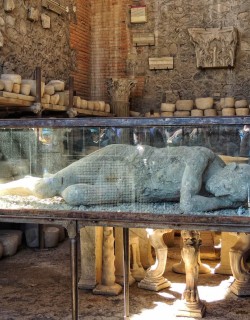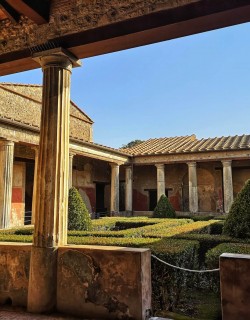Whilst Pompeii might be the world's most fascinating archaeological site , there are no shortage of extraordinary lesser-known destinations in the Campania region to the south of Naples equally worthy of a visit. From the town of Herculaneum on the slopes of Vesuvius, incredibly preserved by the pyroclastic surges of the volcano's eruption in 79 AD, to the glittering aristocratic palaces of Oplontis and the underwater ancient city of Baia, a visit to Pompeii is just the beginning of your voyage into antiquity on the stunning Bay of Naples. To help you scratch the surface, in this week's blog we're going beyond Pompeii to take a look at 5 more ancient sites within easy reach of Naples that you need to visit!
Herculaneum
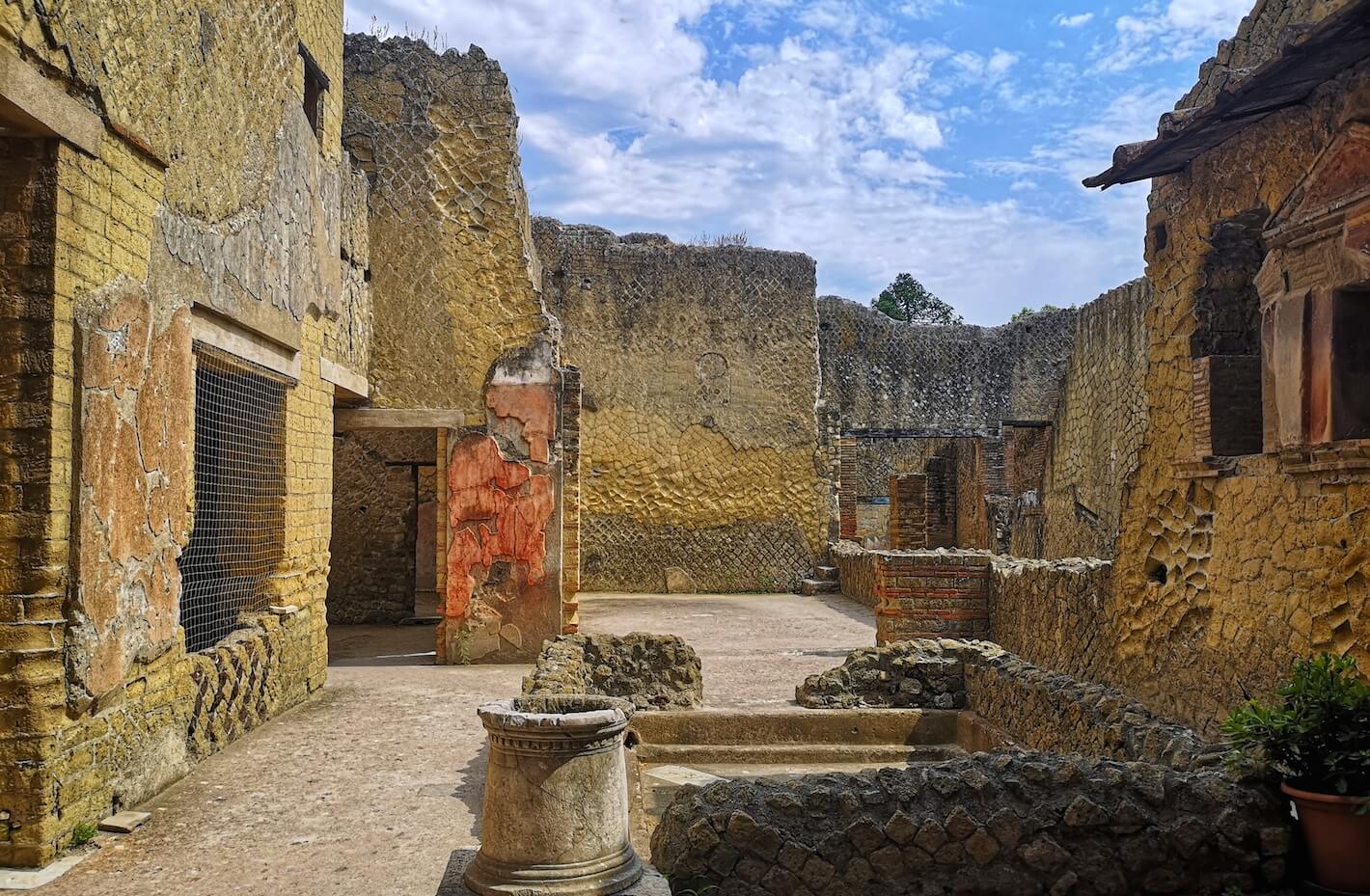 Pompeii's fascinating but under-appreciated little brother, the small seaside resort of Herculaneum was also obliterated by the devastating eruption of Mount Vesuvius in 79 AD. The smaller town has actually survived in an even better state of preservation than Pompeii, thanks to a 16-meter thick wave of mud that buried Herculaneum whole. As a result, buildings survive intact even including their upper stories, while a range of fossilized organic matter has resisted the ravages of time - it's an eerie experience indeed peering into the stricken town's dwellings and catching a glimpse of a wooden bed-frame, or a cloak hanging on a hook, untouched and unmoved for nearly two millennia (enjoy an exclusive peek into the ruins of Herculaneum on the latest episode of our TE Destinations travel series).
Pompeii's fascinating but under-appreciated little brother, the small seaside resort of Herculaneum was also obliterated by the devastating eruption of Mount Vesuvius in 79 AD. The smaller town has actually survived in an even better state of preservation than Pompeii, thanks to a 16-meter thick wave of mud that buried Herculaneum whole. As a result, buildings survive intact even including their upper stories, while a range of fossilized organic matter has resisted the ravages of time - it's an eerie experience indeed peering into the stricken town's dwellings and catching a glimpse of a wooden bed-frame, or a cloak hanging on a hook, untouched and unmoved for nearly two millennia (enjoy an exclusive peek into the ruins of Herculaneum on the latest episode of our TE Destinations travel series).
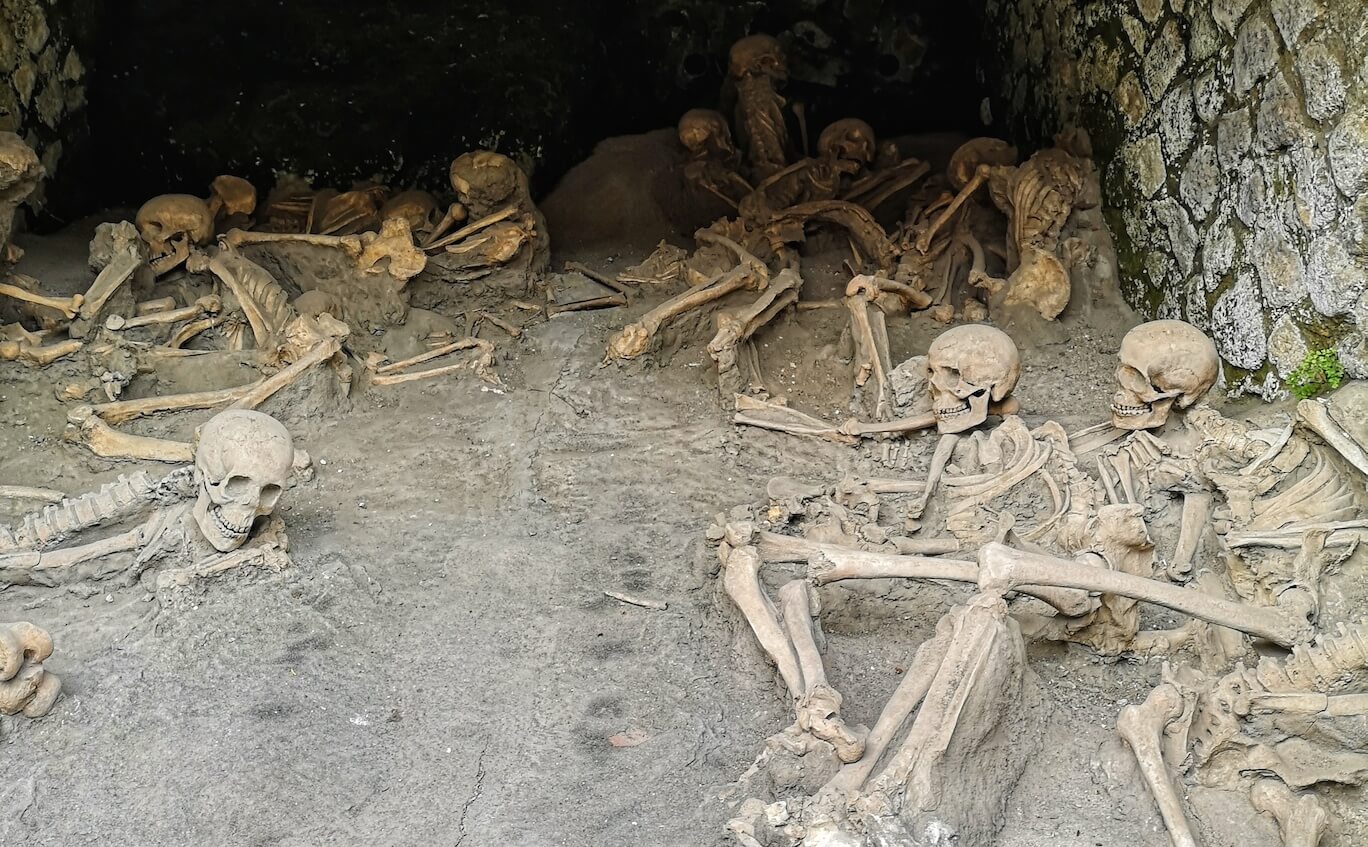
Beyond these snatches of everyday life silently speaking to us across the centuries, an array of superb artworks still adorn the walls of Herculaneum's villas, temples and public spaces. Mosaics glimmer in the Mediterranean sun, while frescoes dazzle with the same chromatic vibrancy that they must have had when they were first painted in the Villa dei Papiri. The sight of hundreds of skeletons huddled on what was Herculaneum's shoreline, immolated by the blast-furnace heat of Vesuvius' pyroclastic surges, provides a sobering human face to the town's tragic fate.
Herculaneum is still not on the tourist trail to the same degree as Pompeii, and is rarely too crowded. Combined with its smaller, more manageable size and extraordinary state of preservation, it makes for a must-visit trip when in the Naples region. Tickets can be purchased on site for € 13, or are included in the price of a private tour of Herculaneum .
Oplontis
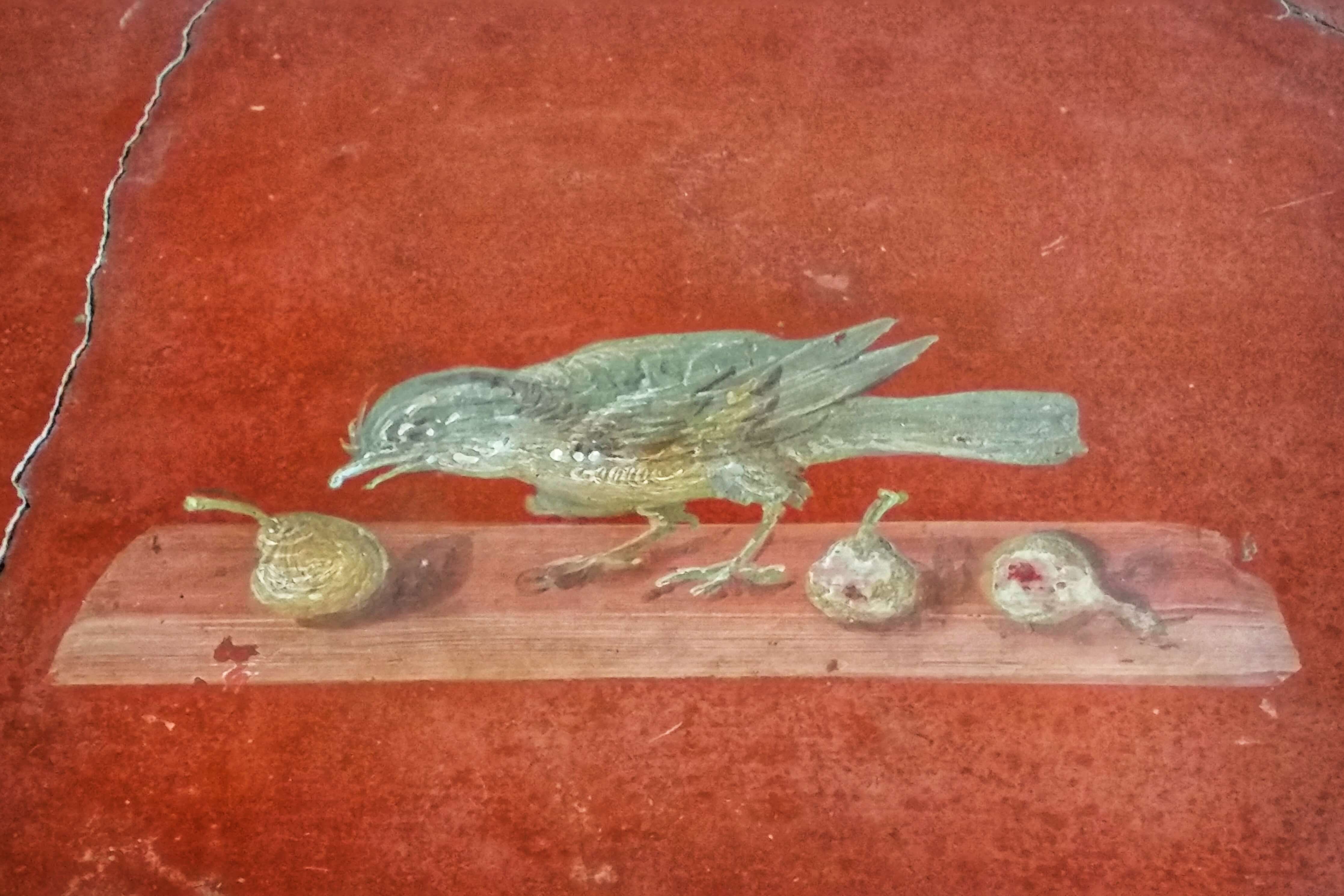
If you're curious as to how the other half lived in antiquity, then you need to visit the archaeological site of Oplontis. The so-called Villa Poppea is an opulent Roman villa dating from the 1st-century BC that would originally have boasted spellbinding views across the Bay of Naples from its waterside perch (these days the villa's remains are located inland due to centuries of erosion).
Theorised to have belonged to the emperor Nero's second wife Poppaea Sabina based on an inscription discovered on an amphora at the site, the sweeping holiday villa (known as an otium in Latin ) is one of the pre-eminent examples of high-end Roman domestic architecture that has come down to us from antiquity. The complex unfolds around a series of atria and colonnades, with fabulously frescoed rooms leading off the open spaces. The paintings, depicting festoons of flowers and masks as well as exotic animals like peacocks set in complex fictive architecture, give a vivid sense of the aesthetic tastes of aristocratic Romans in the first century AD.
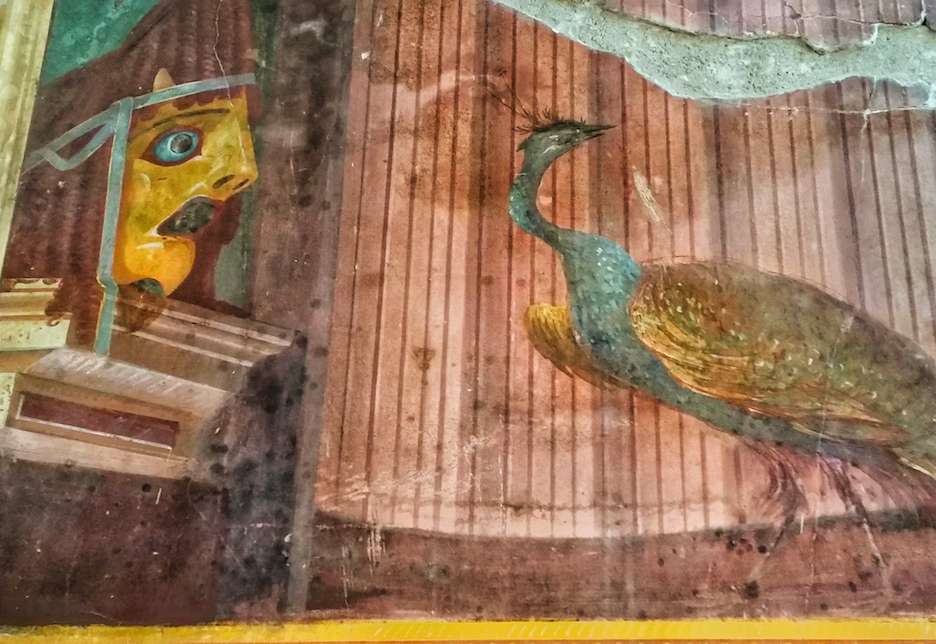
A massive swimming pool and beautiful internal gardens that would have filled the villa with the fragrant scent of Mediterranean plants must have delighted the well-heeled guests of the Empress. Poppaea herself, though, met an untimely end: according to ancient sources, she was kicked to death by the insane Nero whilst pregnant with their second child di lei. Although the villa was uninhabited at the time of Vesuvius' eruption due to ongoing renovation works after an earthquake damaged the property, 54 bodies were discovered at the site by archaeologists during excavations - likely inhabitants of Pompeii who had taken refuge here during a doomed attempt to flee the stricken city.
Tickets to Oplontis can be purchased on site for € 7. Combination tickets including entrance to Herculaneum and Pompeii are also available. The archaeological site is located a short walk from the Torre Annunziata stop on the Circumvesuviana train line.
Paestum
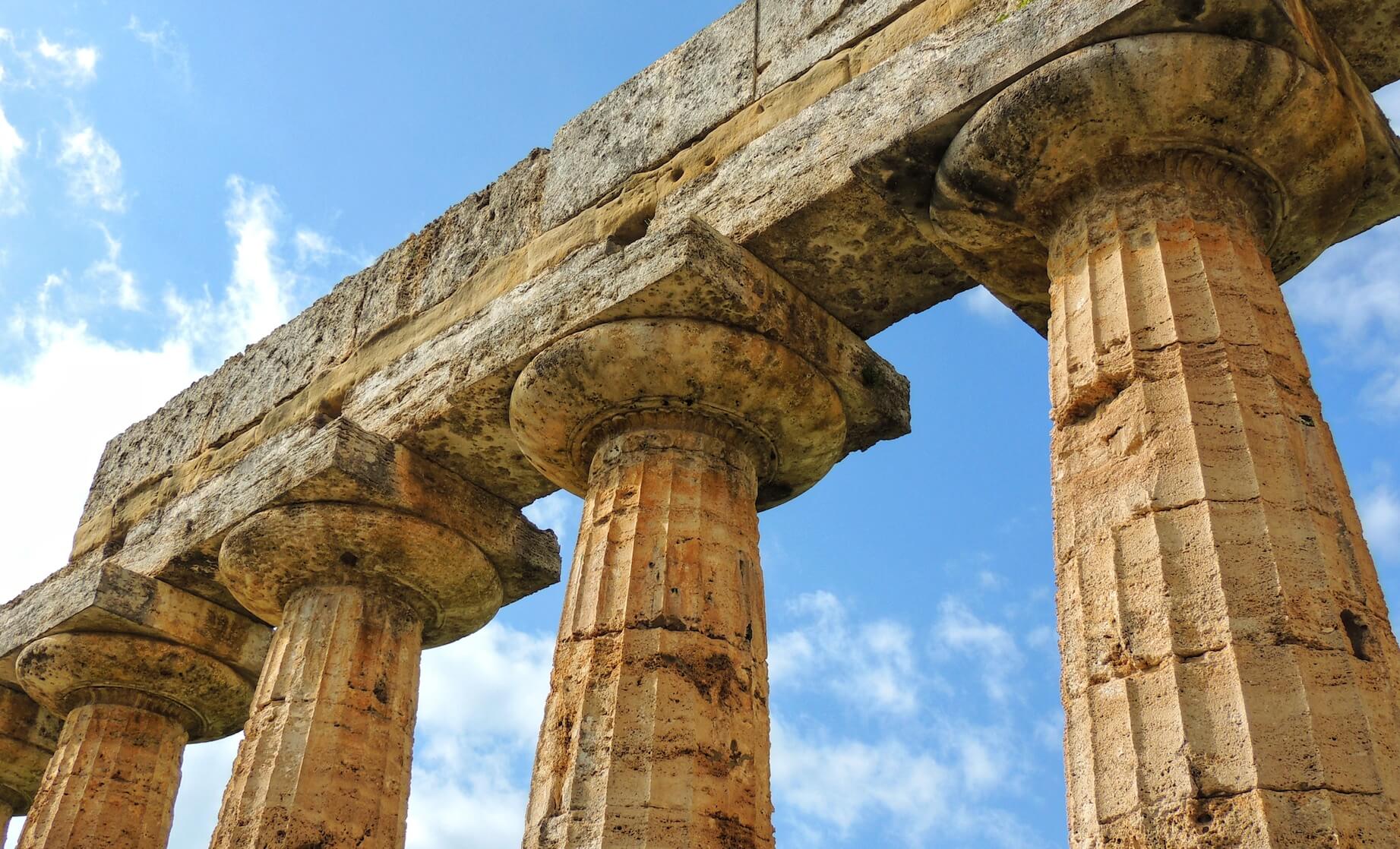
What was Italy like before the rise of ancient Rome? We can get some sense in the mysterious ruins of Paestum, one of the world's most spectacular archaeological sites 100 km south of Naples. Founded in the 6th century BC by a community of sea-worshipping Greek settlers known as the Poseidonians, the remote colony enjoyed a meteoric rise before being subsumed into the newly powerful Roman Republic in 273 BC. Devastating pirate raids and recurring malaria outbreaks hastened the decline and eventual abandonment of the city after the Fall of the Roman empire.
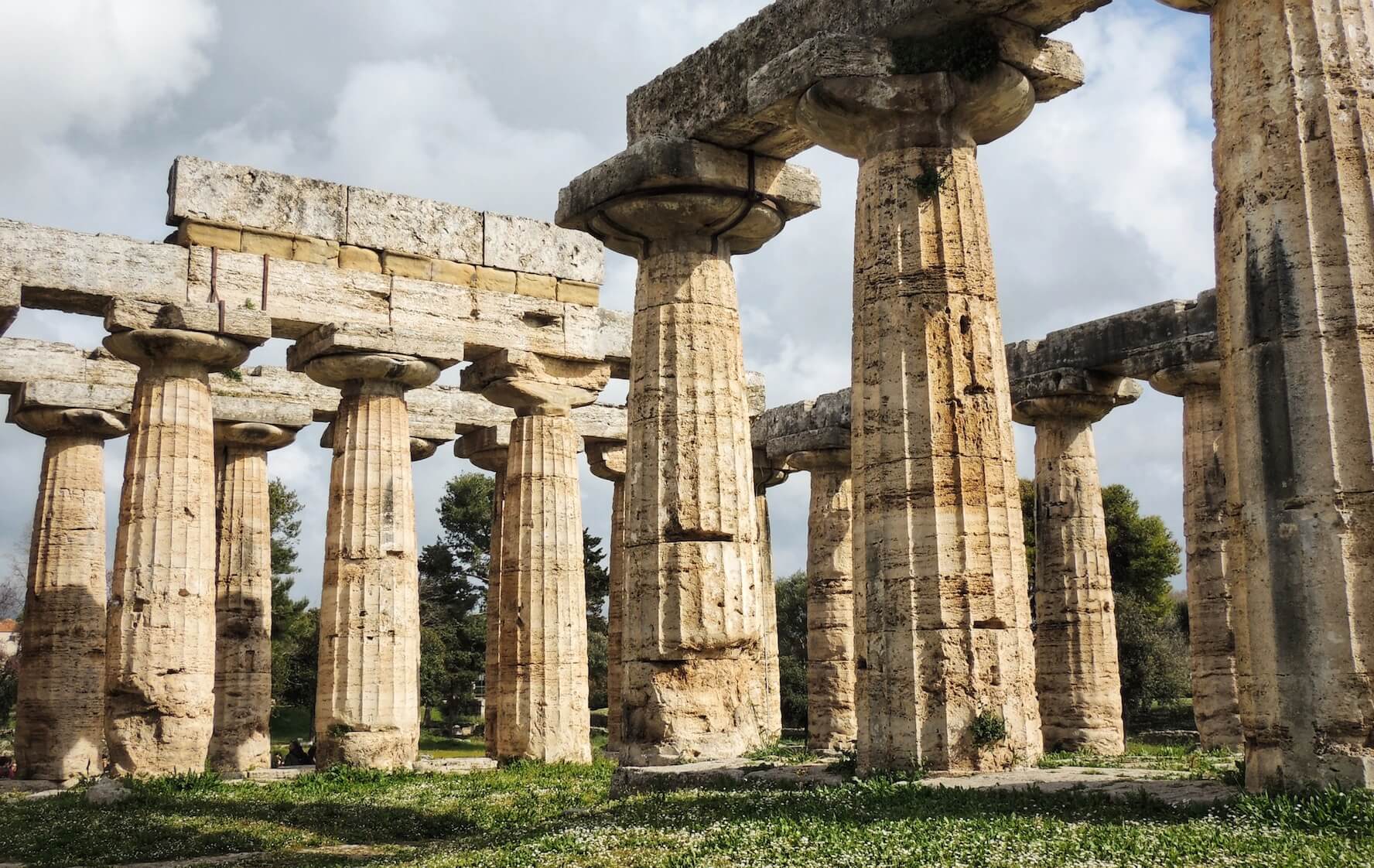
The real draw of Paestum's vast archaeological site today are its three extraordinarily well-preserved Greek temples: the temple of Hera (550 BC), the temple of Athena (once believed to be dedicated to Demeter) dating back to 500 BC and the so- called temple of Neptune (450 BC). Surrounded by pine trees and wreathed in meadow flowers, their massive and beautiful forms speak hauntingly of the distant world of Magna Grecia. Make sure to visit the on-site museum too, which houses some extraordinary sepulchral frescoes found in the ancient city including the magnificent Tomb of the Diver.
The Amphitheater of Capua
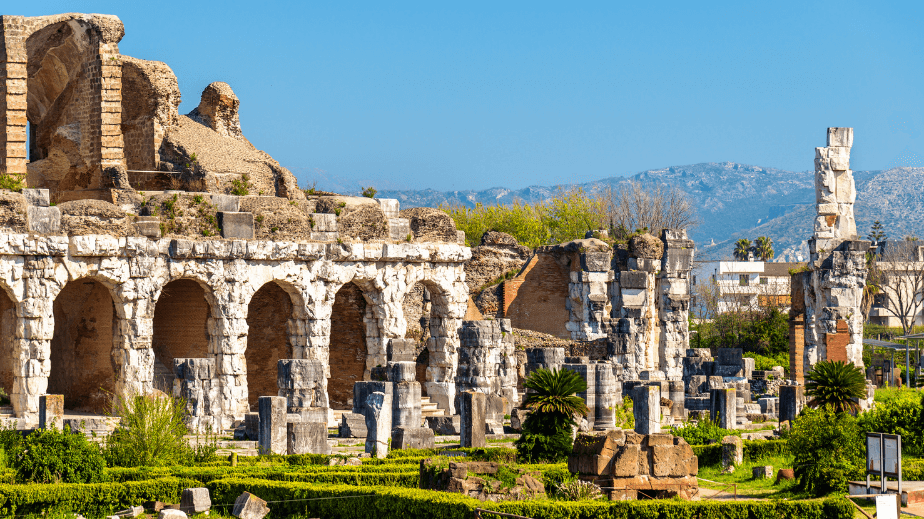
Did you know that the second largest amphitheater of the ancient Roman world is located in a small town outside Naples? These days Santa Maria Capua Vetere is a rather unprepossessing town of 30,000 inhabitants in the outskirts of Caserta, but in antiquity the ancient city of Capua was an important urban center directly connected to Rome via the Appian Way.
Described by Cicero as a worthy rival to Carthage and Corinth, the city's name was a byword for luxury in the ancient world. Capua's major claim to fame was its famous gladiator school, where many of the ancient world's most renowned gladiators first cut their teeth. Amongst their number was Spartacus, who escaped from the school along with 70 others to begin the most valiant slave revolt in Roman history, brutally put down after two years of guerilla warfare.

The enormous elliptical amphitheater that was built to adjoin the school had a capacity somewhere north of 40,000 spectators and extended over four levels decorated with fabulous sculptures. The gladiatorial combats that took place here were reportedly fierce, and success on the sands of Capua would frequently propel gladiators towards high profile games in the Colosseum of Rome itself.
Although the massive stones of the amphitheater were pillaged after the fall of the Roman empire and reused in the construction of a nearby castle, the sheer scale of the remains in Capua are incredibly impressive, and well worth a visit.
Bay
 Photo credit: ( CC BY-SA 3.0 )
Photo credit: ( CC BY-SA 3.0 )
The incredible underwater archaeological park of Baia is one of Italy's most fascinating (and overlooked) ancient sites. At the height of the Roman empire Baia was an exclusive resort town whose luxurious villas and sprawling spa complexes played host to the rich and famous of antiquity. Far from the prying eyes of the capital, Roman senators, consuls, emperors and businessmen would make the journey south to the Bay of Naples to let their hair down and indulge their pleasures. Unsurprisingly, Nero spent much of his Imperial reign here.
Centuries of coastal erosion and volcanic activity means that more than half of the ancient city now lies submerged beneath the waters of the Mediterranean. Still on dry land is the stunning Temple of Mercury, actually a frigidarium (cold water bath) whose wonderful oculus-punctured concrete dome predates the Pantheon, as well as a theater and the so-called Villa dell'Ambulatio.
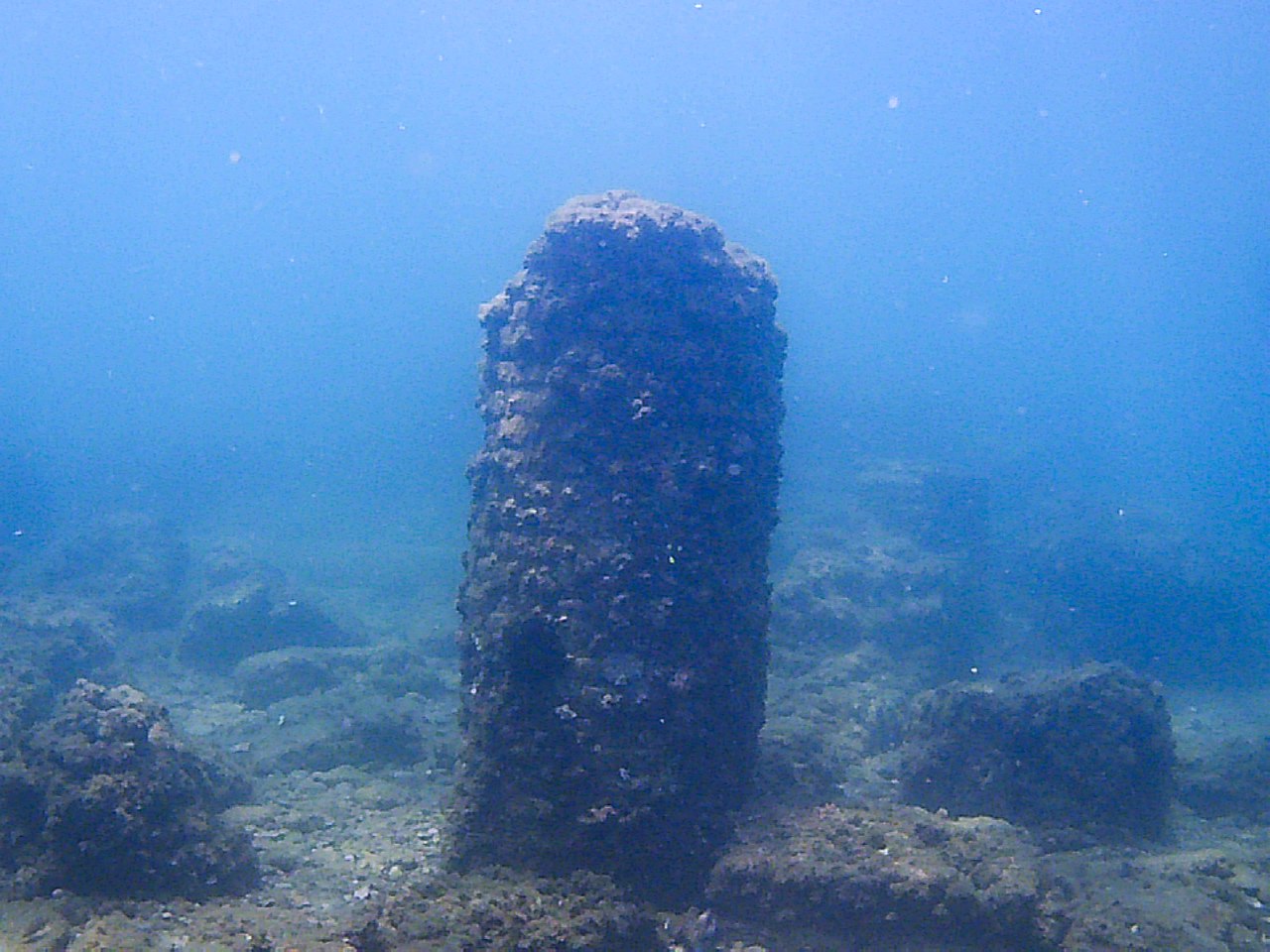
What really makes Baia unique, however, is the chance it offers to dive beneath the waves to explore the ancient splendours hidden in the waters of the bay. Regular diving tours offer the chance to uncover a hidden world of submerged statues and mosaics decorating the opulent villas and baths of the ancient town, now the preserve of colorful fish. And don't worry if you're not a seasoned diver - the remains are actually extremely close to the surface of the water (mostly around 5 meters deep), meaning that snorkelling and even glass-bottomed boat tours are also an option.
Through Eternity Tours offer expert-led guided visits to the archaeological parks of Pompeii and Herculaneum . Our team would also be happy to arrange itineraries that include Oplontis, Paestum, Baia and Capua - get in touch to book your trip today!



